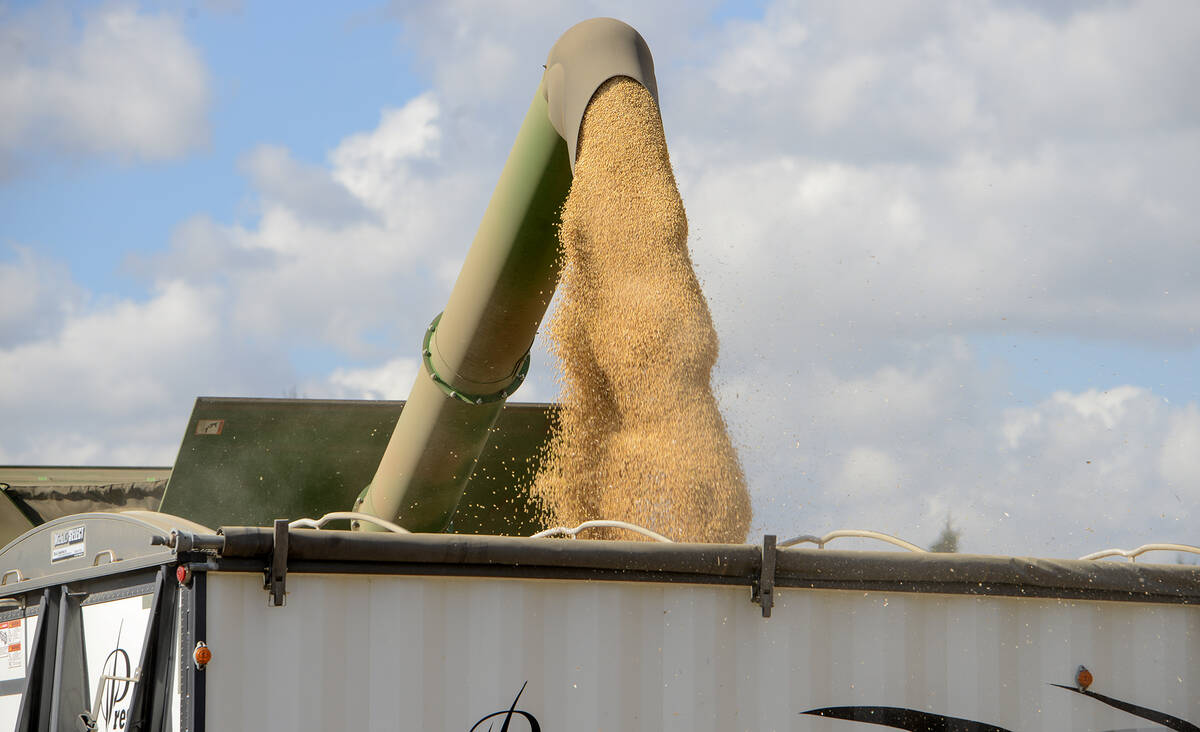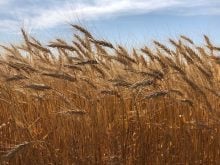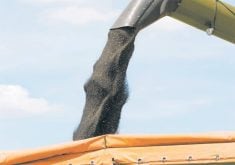As another school year ends, many students likely find themselves looking forward to the lazy days of summer vacation.
The North American grain and oilseed markets are in a similar situation, with seeding largely complete and the next few months mostly a waiting game until harvest. However, summer can also be the time of roller-coasters.
Charts: Canola futures lost about 10 per cent of their value in the span of two weeks, when the new crop November contract moved from levels near $700 per tonne at the end of May to about $70 below that in mid-June. Values had stabilized at the time of this writing, but there’s a case to be made that a test of $600 per tonne is possible.
Read Also

Grain markets hungry for U.S. data
The U.S. government shutdown meant that futures markets were left without robust grain supply information
Prices have fallen below most major moving averages, while speculative traders added to their bearish bets. As of June 11, the net short in canola came in at about 99,250 contracts, representing about 40 per cent of outright open interest.
Nearby futures have not traded below $600 per tonne for any extended time in nearly four years, making that a key level to watch.
Fundamentals: The fundamental outlook for canola looks equally bearish heading into summer, but there are some glimmers of light.
Canadian canola exports saw 5.85 million tonnes moved through 46 weeks, well behind the 7.42 million tonnes a year ago. However, with six weeks remaining in the marketing year, the six million tonne target put out by Agriculture and Agri-Food Canada should be easily surpassed.
There has also been talk of increased buying interest for new crop canola, as the recent weakness has made it more competitive.
Weather concerns through the summer could also become a more important factor, as some seed went in the ground late and cool, wet conditions slowed development. Market participants did not show much concern over mid-June frosts in parts of Alberta, but any late developing fields run a greater risk of running into frost issues later.















